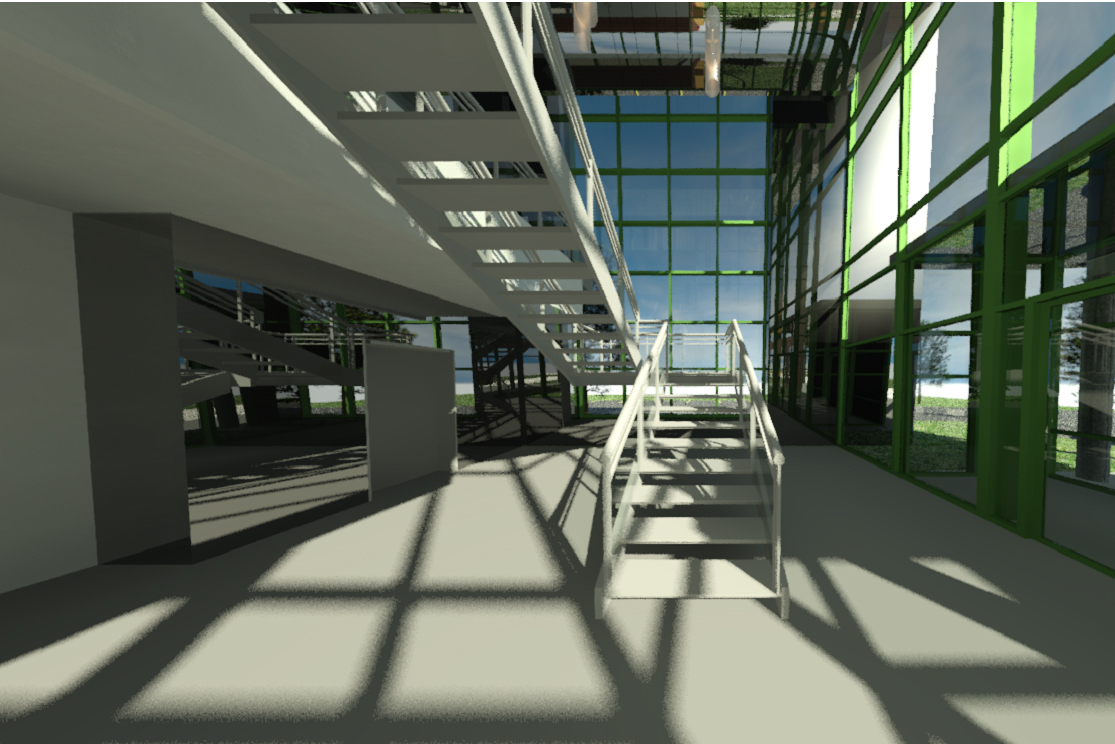

Involve the whole project team in the design coordination process using the Revit issues add-in in conjunction with Model Coordination. This issue is then visible directly in Revit to review and resolve.
Using the clash side panel, investigate the clash and if it’s a problem, create an issue. Using the clash matrix, pinpoint what you would like to review and open these models in the viewer. Use the arrow in the tree to show the number of clashes between the different models included in the coordination space and use the link at the bottom of the card to take you directly to the clash matrix in model coordination to review individual clashes. The clash table card displays the clash results for the model selected within the relevant coordination space. Use the link at the bottom of the card to link out to a full list of project issues in Docs. Use the option menu to choose which issue statuses you want to display. The model issues card displays the number of issues of each status for the selected model. Use the model selector to switch between models, depending on your current focus. The Overview panel can be launched independently from the I ssues panel using the Issues tab in Revit. See how issues are progressing from open to closed on a particular file with the new issues overview panel. With our new O verview panel in the Revit issues add-in, these clash results are presented directly in the desktop, providing Revit users immediate feedback from the clash detection process. For those unfamiliar, creating a coordination space is as simple as choosing a folder and clicking create in the Project Admin area of Model Coordination, or as part of your Design Collaboration Team and Shared folder setup. Publishing a Revit file will trigger clash automatically, against other models in a coordination space. Include models in automatic clash detection as part of your design coordination process, using BIM 360 and the Autodesk Construction Cloud.


 0 kommentar(er)
0 kommentar(er)
